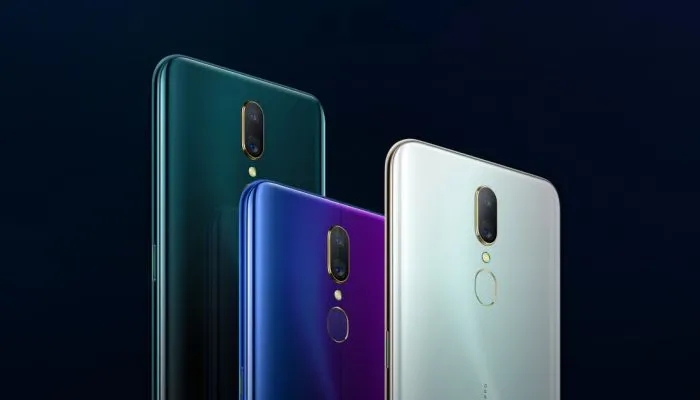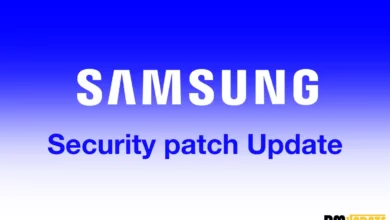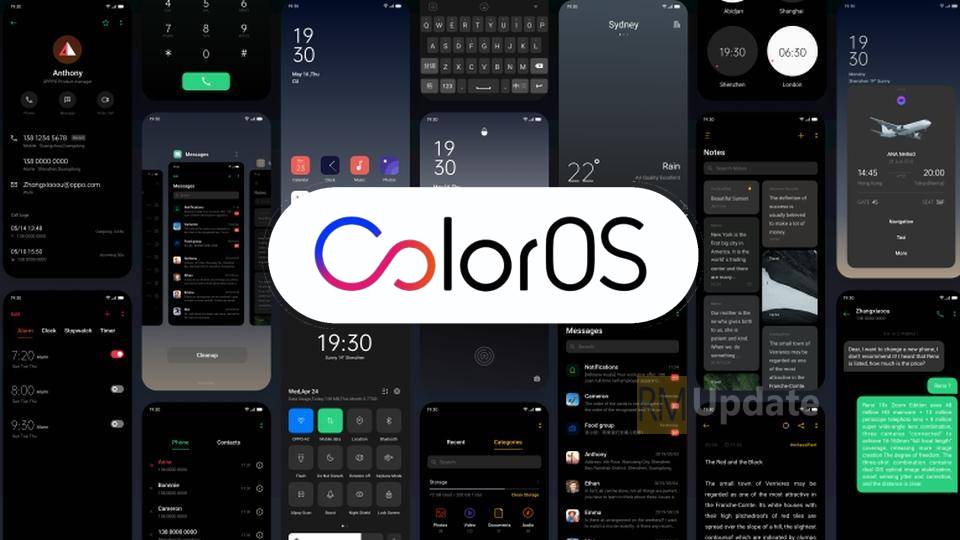Realme is the first brand in India to launch the first 5G phone in the country, Realme X50 Pro for Rs 37999, which comes with dual-mode 5G technology. Many people are not familiar with this dual-mode 5G technology right now, what is this dual-mode 5G technology? And what additional features are available in it? So let’s talk about it.
First 5g mobile in India: Realme X50 Pro 5G
Realme UI: What is Dual Mode 5G?
Dual Mode 5G in simple words means support for both NSA(Non-Standalone Access) and SA(Standalone Access) 5G networks, which are two primary types of 5G networks. Currently, 5G NR(New Radio) is the global standard for 5G networks.
NSA and SA are the two primary methods for 5G network deployment. When a device (in this case Smartphone) supports both of these deployment methods then it is called Dual Mode 5G supported device.
1. NSA + SA dual-mode profile:
NSA makes it easier for the operator to deploy a 5G network as it can reuse the current 4G access network and the core network with additional 5G coverage. SA involves 5G core which can bring low latency and flexible network slicing for the different user case. 5G will develop to SA eventually. OPPO commercial smartphones already support both NSA and SA so that customers can experience 5G network no matter which mode it is.
2. Benefits of SA / NSA 5G Network
Non-Standalone Access: In layman’s terms, NSA or Non-Standalone Access is a 5G network type where operators upgrade their current 4G network infrastructure to provide more speed and higher data bandwidth. Whereas, NSA can’t greatly improve the latency which is very important for critical tasks like stock/currency trading, self-driving cars, etc.
Standalone Access: On the other hand, SA or Standalone Access is the definition of true 5G network, where operators build 5G infrastructure dedicated to the 5G network. Which in return provide massive speed improvements and more importantly the latency(reduces the latency) of the network.
3. Enjoy 5G network speed anytime:
Most of the tech companies are promising a lot from 5G. While 4G tops out at a theoretical 100 megabits per second (Mbps), 5G tops out at 10 gigabits per second (Gbps). That means 5G is a hundred times faster than the current 4G technology—at its theoretical maximum speed, anyway. For example, the Consumer Technology Association pointed out that, at this speed, you could download a two-hour movie in just 3.6 seconds on 5G, versus 6 minutes on 4G or 26 hours on 3G.
4. DSS profile:
DSS (Dynamic Spectrum Sharing) means users in the 5G network and in the 4G networks can share the same spectrum, and work simultaneously. DSS technology makes 5G deployment more flexible. The operator can deploy a 5G network by reuse the existed 4G spectrum. OPPO phones are the first commercial 5G UE supported DSS technology. We joint debug with network and chipset vendor and verified in worldwide operator’s network.
At these speeds, 5G beats current home cable internet connections and is more comparable to fiber. Landline internet companies like Comcast, Cox, and others may face serious competition—especially when they’re the only option for speedy home internet in a certain area. Wireless carriers can deliver an alternative without laying down physical wires to every home.
5. Greater 5G network coverage:
Presenters wanted us to think of 5G as enabling super-fast, practically unlimited internet everywhere, and to all devices. Of course, in the real world, internet service providers impose data caps. For example, even if your wireless carrier gave you a 100 GB data cap—which is much larger than most plans today—you could blow through that in a minute and 20 seconds at the maximum theoretical speed of 10 Gbps. It’s unclear what caps carriers will ultimately impose and how much that will affect usage.
5G New Radio (NR) is designed to enable denser network deployments and simultaneously deliver increased energy efficiency, thus reducing both operational costs and environmental impacts.
6. Power consumption optimization profile:
OPPO mobile intelligent can recognize the user case (web browsing/game/video/instant message), and determine how to use 5G effectively to get a balance between power consumption and user experience.
5G technology will improve battery life by up to 30% by optimizing the battery as per the need.
5G is widely believed to be smarter, faster and more efficient than 4G. It promises mobile data speeds that far outstrip the fastest home broadband network currently available to consumers. With speeds of up to 100 gigabits per second, 5G is set to be as much as 100 times faster than 4G.
7. WIFI + 5G profile:
Realme cooperates with cloud server providers (such as Realme APP store) to support WIFI + 5G download simultaneously to provide peak downlink throughput experience to the customer.
As 5G evolves and becomes less dependent on 4G infrastructure, and more spectrum becomes available, estimates put download speeds at up to 1000 times faster than 4G, potentially exceeding 10Gbps, which would enable you to download an entire HD film in less than a second.
For The Latest Activities And News Follow Our Social Media Handles:







